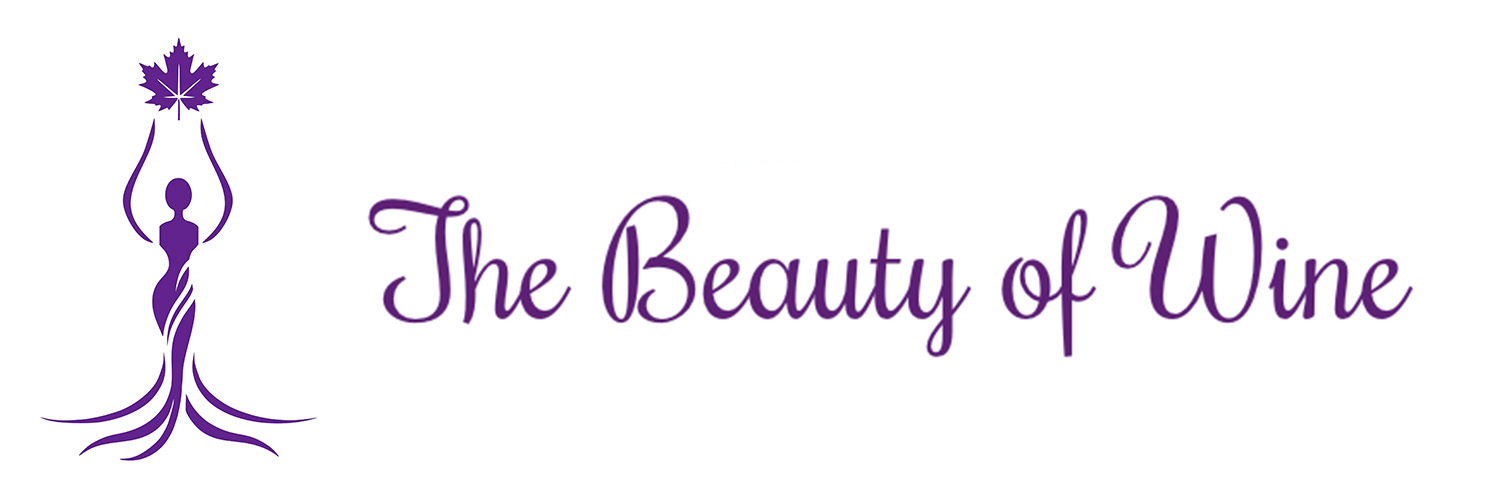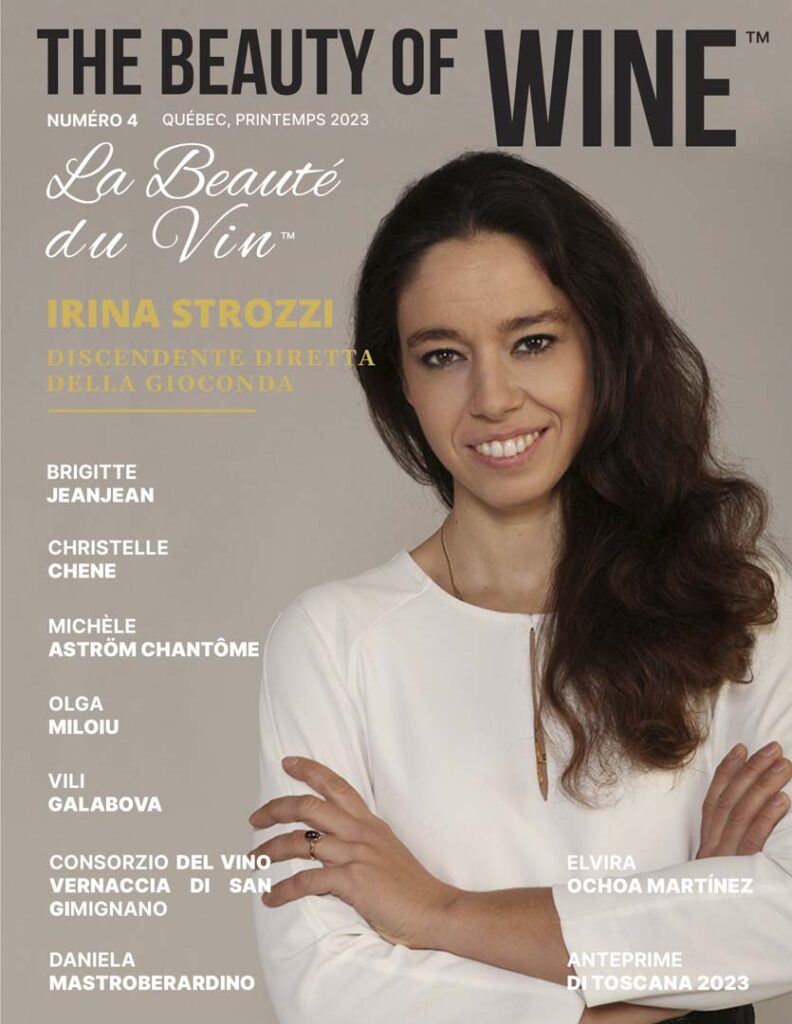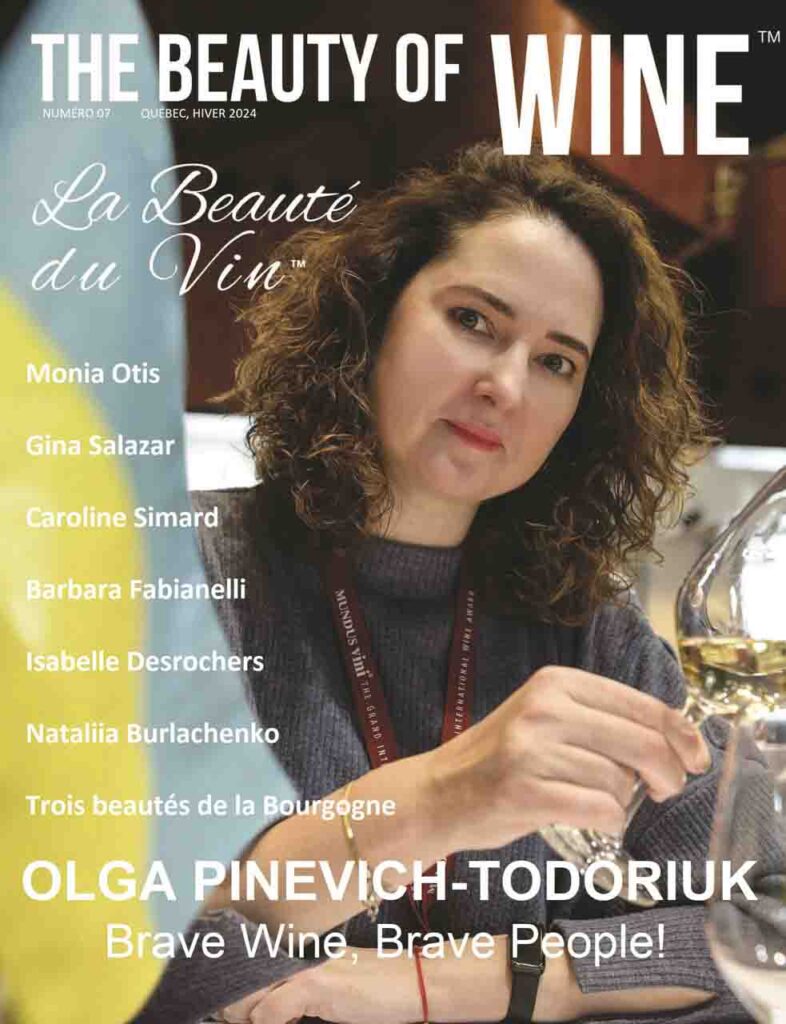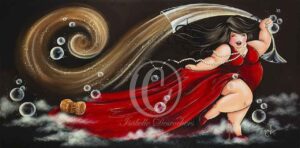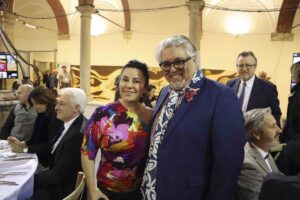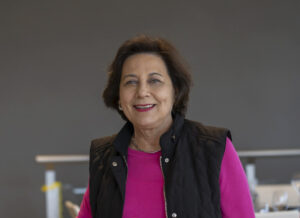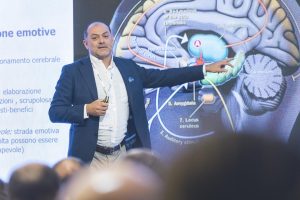Arte para el alma, cómo ayuda a sanar
**The translation is at the bottom**
Con el título Arte para el alma, cómo ayuda a sanar, quiero contarte del potencial que tienen las artes para hacer sentir de una manera integral.
Cualquiera que sea su manifestación, es bien sabido que el “arte” puede ayudarnos a sanar. Existe la llamada arteterapia, que nos brinda herramientas para hacer uso de la expresión artística para sentirnos mejor, crecer y curar nuestras heridas, entre otras cosas.
El efecto del arte en nuestro bienestar se fundamenta en la capacidad que éste nos brinda para exteriorizar ideas, sentimientos, pensamientos, sueño, etc. Ya sea como un mecanismo terapéutico formal o una práctica individual que nos abrace, el arte puede brindar enormes beneficios para la salud mental y nuestra felicidad en general.
Arte para el alma, cómo ayuda a sanar.
Diversos estudios nos han dejado claro que la música, la literatura, el teatro, la pintura, la danza y la escultura, pueden tener un impacto positivo en la salud mental, apoyando a su vez a la psicoterapia. Éste ha permitido que el ser humano explore su interior y descubra facetas de sí mismo desconocidas hasta entonces, lo que le acerca al autoconocimiento, es un propulsor de la autoestima y también del autocuidado.
«El arte limpia del alma, el polvo de la vida cotidiana». – Pablo Picasso.
Hoy sabemos que el cerebro está diseñado para disfrutar el arte. De acuerdo con un estudio realizado por la Universidad de Toronto, la apreciación del arte es un proceso biológico natural para el que nuestro cerebro está diseñado.
Al observar y analizar piezas de arte, se activan numerosas partes del cerebro: las de la memoria, la experiencia emocional, el aprendizaje y la regulación de los movimientos. Según los científicos, se trata de la activación de un sistema distribuido específicamente que nos lleva a pensar que es un diseño predeterminado en la estructura cerebral, lo que hablaría de un cerebro diseñado para la apreciación artística.
De igual manera, cada manifestación artística se encuentra vinculada a activar una parte distinta del cerebro. Así, podemos ver potencializadas capacidades como la resolución de problemas, la memoria y la capacidad de aprendizaje.
«El cerebro humano, que es un órgano complejo en continua reestructuración, agradece los retos y necesita el arte». – Jesús C. Guillén.
Adiós al estrés.
La utilización continuada del arte, tanto si se trata de una terapia, una práctica habitual o su apreciación en muestras, museos o lecturas, alivia el estrés tanto en adultos como en niños. Existe una conexión positiva entre el arte y la salud mental: se ha demostrado que reduce niveles de estrés y fomenta la calma mental.
Cualquiera de estas disciplinas nos aleja de la vida cotidiana y nos proporciona una distracción relajante. Las preocupaciones quedan a un lado mientras te concentras en los detalles del arte que estás creando.
Ayuda a la autoestima.
Crear algo, sin que sea necesariamente una obra extraordinaria, fomenta un estado de satisfacción y refuerza la autoestima. El arte promueve la mejora de la percepción propia en sus distintas facetas pero, sobre todo, en el plano intangible (bien sea espiritual o mental).
Ciao al dolor.
Las artes creativas como terapia pueden facilitar la relajación para personas con dolor crónico. La arteterapia permite trabajar con aspectos corporales y cognitivo-emocionales del dolor; en este sentido resulta ser útil para desarrollar y explorar recursos para el manejo del dolor, pues al involucrar el cuerpo permite entrenar la atención dividida ampliando el campo perceptivo más allá del dolor.
Otros beneficios del arte.
Además de lo que ya he mencionado respecto a las bondades que nos brinda el arte para la salud emocional, también consideremos:
- Ayuda a las personas con discapacidades psiquiátricas a explorar sus sentimientos y problemas terapéuticos.
- Disminuye la agitación y mejora la orientación a la realidad en personas con la enfermedad del Alzheimer.
- Fomenta la autoexpresión, comunicación y socialización.
- Facilita el reentrenamiento cognitivo para las personas con lesiones cerebrales.
- Puede enseñar habilidades cognitivas, motoras y de vida diaria a las personas con discapacidades de desarrollo.
- El arte genera optimismo y entusiasmo, incentiva nuestra imaginación y ayuda a encontrar soluciones para los problemas.
El arte vivifica el alma, sana la mente y ayuda al cuerpo a continuar!

Art for the soul, how it helps to heal.
Jorge Domínguez.
Mexico.
With the title Art for the soul, how it helps to heal, I want to tell you about the potential that the arts have to make you feel in a comprehensive way.
Whatever its manifestation, it is well known that “art” can help us heal. There is the so-called art therapy, which provides us with tools to use artistic expression to feel better, grow and heal our wounds, among other things.
The effect of art on our well-being is based on the ability it gives us to externalize ideas, feelings, thoughts, dreams, etc. Whether as a formal therapeutic mechanism or an individual practice that embraces us, art can provide enormous benefits for mental health and overall happiness.
Art for the soul, how it helps to heal.
Various studies have made it clear to us that music, literature, theatre, painting, dance and sculpture can have a positive impact on mental health, in turn supporting psychotherapy. This has allowed the human being to explore its interior and discover facets of itself unknown until then, which brings it closer to self-knowledge. Art is a catalyst for self-esteem and also self-care.
«Art cleanses the soul, the dust of everyday life». – Pablo Picasso.
Today we know that the brain is designed to enjoy art. According to a study conducted by the University of Toronto, art appreciation is a natural biological process that our brains are designed for.
When observing and analyzing pieces of art, numerous parts of the brain are activated: those of memory, emotional experience, learning and regulation of movements. According to scientists, it is the activation of a specific distributed system that leads us to think that it is a predetermined design in the brain structure, which would be evidence of a brain designed for artistic appreciation.
In the same way, each artistic manifestation is linked to activating a different part of the brain. Thus, we can see abilities such as problem-solving, memory and learning capacity potentiated.
“The human brain, which is a complex organ in continuous restructuring, welcomes challenges and needs art.” – Jesus C. Guillen.
Goodbye stress.
The continued use of art, whether it is a therapy, a habitual practice or with appreciation in exhibitions, museums or readings, relieves stress in both adults and children. There is a positive connection between art and mental health: it has been shown to reduce stress levels and promote mental calm.
Any of these disciplines take us away from everyday life and provides us with a relaxing distraction. Worries are put aside as you focus on the details of the art you are creating.
Helps self-esteem.
Creating something, without necessarily being extraordinary work, fosters a state of satisfaction and reinforces self-esteem. Art promotes the improvement of self-perception in its different facets but, above all, on the intangible level (either spiritual or mental).
Farewell pain.
Creative arts as therapy can facilitate relaxation for people with chronic pain. Art therapy allows working with physical and cognitive-emotional aspects of pain; In this sense, it turns out to be useful for developing and exploring resources for pain management, since involving the body allows training divided attention, expanding the perceptual field beyond pain.
Other benefits of art.
In addition to what I have already mentioned regarding the benefits that art offers us for emotional health, let us also consider:
- Helps people with psychiatric disabilities to explore their feelings and therapeutic issues.
- Decreases agitation and improves reality orientation in people with Alzheimer’s disease.
- Encourages self-expression, communication and socialization.
- Facilitates cognitive retraining for people with brain injuries.
- It can teach cognitive, motor, and daily living skills to people with developmental disabilities.
- Art generates optimism and enthusiasm, stimulates our imagination and helps us find solutions to problems.
Art vivifies the soul, heals the mind and helps the body to continue!
Récents articles

Stay tuned for new articles and industry trends !
Subscribe to our newsletter and make sure you don’t miss the publication new editions of the magazine!
